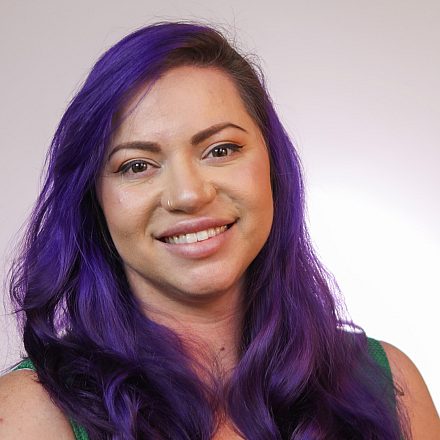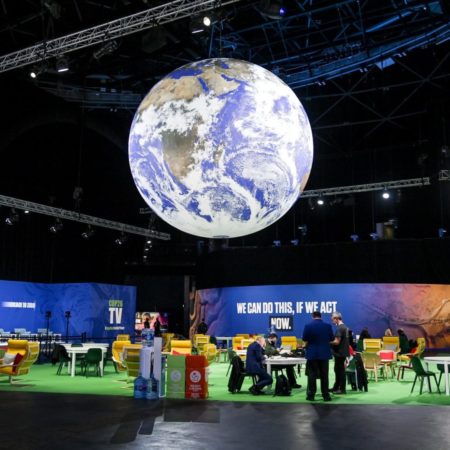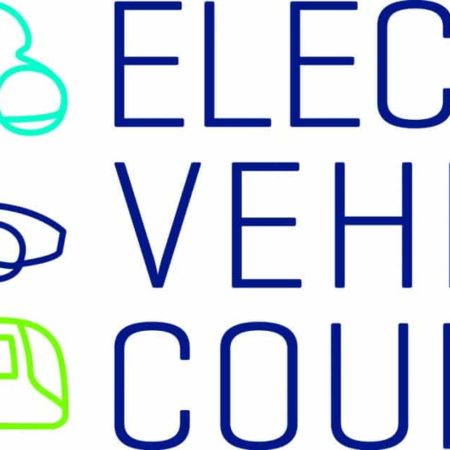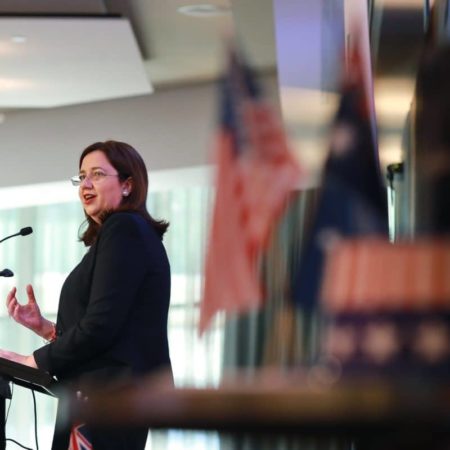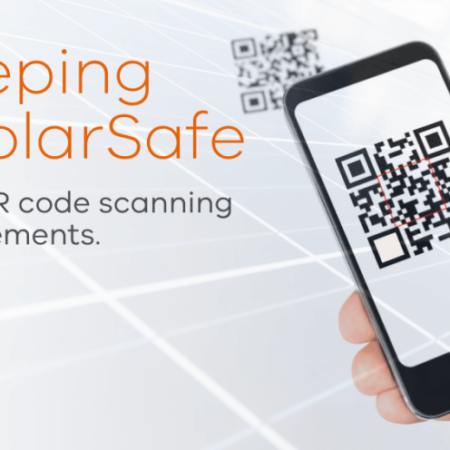WOMEN IN RENEWABLES: JESSICA ZICKAR
Alongside her role as Environmental Scientist with AECOM, Jessica Zickar contributes hugely to the CEC as a co-chair of our Equity, Inclusion and Diversity Working Group. As one of the main drivers of the recent diversity report, Empowering Everyone, we invited Jessica to share more about her incredible contribution to the renewable energy sector, and, her observations following the report’s subsequent results.
Tell us a bit about yourself personally and professionally?
A bit about me, as an Environmental Scientist it is obligatory that I love the outdoors. My favourite things are live music, Sydney beaches and snorkelling spots, the giant dinosaurs on the i10 on the way into Palm Springs, al pastor tacos, dying my hair a different colour every 6 months, my two spoiled cats, and my partner. I hate winter and I love summer. I think that sums it up!
Where do you work and what do you do?
I am an Environmental Scientist with AECOM, currently in the Sydney Office, working in the environmental impact assessment space. My day to day involves navigating the environmental approval pathways (or hedge maze) of the NSW planning and approval process. A particularly interesting space to be in as NSW policy makers are continuing to investigate and develop best practice assessment guidelines for the quickly expanding, and ever evolving renewable energy space. I’ve also spent time living and working in Los Angeles, which with California leading the charge in adopting renewable technologies, was super interesting and amazing experience.
How did you get into the renewable energy industry/what attracted you to the industry?
I am energised by this industry. The rapid roll-out of emerging and improving technologies and the associated environmental benefits are inspiring and very interesting to the scientist in me. I see the industry as being on the cusp of a huge increase in uptake in NSW and Australia more broadly, and I feel secure in investing my skills and experience into this industry for my long-term career goals as well.
In your view, why is this report important for the industry?
As a industry constantly seeking innovation and improvement, I think the renewable sector has a natural appetite for being intergenerational leaders. By understanding our gaps and our successes, I feel the industry has a real capacity for influencing and leading adjacent and complementary industries and technical discipline cohorts towards collectively improved workplaces with regards to D&I
Did any of the results surprise you? If so, in what way?
I was quiet surprised by the lack of Aboriginal, Torres Straight Islander and First Nations representation, particularly given the broad range of skills, job opportunities, and locations (regional and city) available within this industry
What do you think is the biggest success for the industry from these results? (What are we already doing well/Success story)
I was pleased to see the number of people who have been successful in transferring their international skills into the Australian market. This can only mean we are seeing some good cross pollination of ideas, skills and experiences.
What is the biggest area for improvement for the industry?
Definitely lack of Aboriginal, Torres Straight Islander and First Nations representation, as well as what appears to be some standing barriers to workplace participation for caretakers, women and differently abled employees, centred around creating and maintaining flexible workplace arrangements.
What is your main takeaway from the report and how will you introduce it to your workplace?
I am really lucky that here at AECOM in that our leaders genuinely work towards ambitious workplace diversity goals, which is reflected in the number of women in leadership roles across the business. However there certainly continues to be areas in which our company are still striving towards improvements in, one that comes to mind would be Aboriginal, Torres Straight Islander and First Nations representation within the workforce. I am looking to introduce the results of the survey to our internal D&I committee to review to see how we fit with regards to trends in the industry and to use some of the data to further identify where we may be trailing behind.


